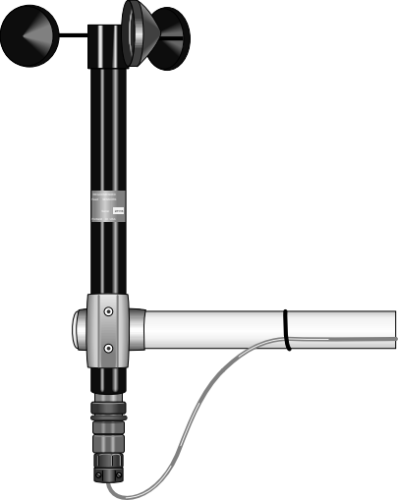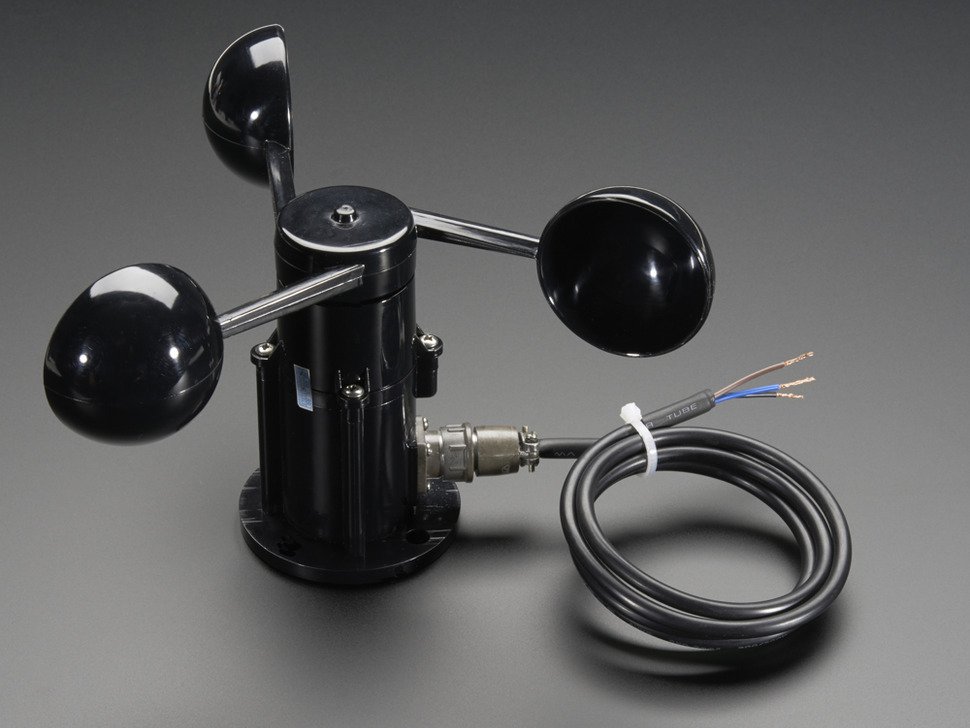Professional Tips for Adjusting Your Anemometer for Ideal Performance
Professional Tips for Adjusting Your Anemometer for Ideal Performance
Blog Article
Discovering the Functions and Advantages of Anemometers for Climate Lovers and Specialists
Anemometers stand as instrumental tools in the realm of weather monitoring, accommodating both enthusiasts and seasoned specialists alike. These tools supply a home window right into the dynamic world of wind patterns and speeds, providing vital information for meteorological analysis and forecasting. From mug anemometers to sonic anemometers, each kind brings its unique collection of applications and benefits, clarifying various facets of weather. As we dive into the functions and benefits of anemometers, a much deeper understanding arises not only of dominating climate sensations however additionally of the wider implications for sectors like wind energy production and environmental study.
Importance of Anemometers in Weather Condition Monitoring
Anemometers play a vital duty in weather tracking by supplying exact dimensions of wind rate, aiding in projecting and understanding weather condition patterns. These tools, varying from conventional mug anemometers to modern-day ultrasonic anemometers, are essential for meteorologists, researchers, and weather condition fanatics alike.

Sorts Of Anemometers and Their Applications
With the crucial function anemometers play in weather monitoring and forecasting, recognizing the numerous kinds of these instruments and their applications becomes essential for professionals and lovers in the area. The most common types of anemometers include mug anemometers, vane anemometers, hot-wire anemometers, and ultrasonic anemometers. Mug anemometers consist of 3 or 4 cups mounted on straight arms that revolve with the wind, gauging its speed. Vane anemometers, on the various other hand, utilize a freely revolving vane to line up with the wind direction, offering both wind rate and instructions measurements. Hot-wire anemometers run based on the principle of convective warmth transfer, where the cooling impact of the air flow is gauged to figure out wind speed. Ultrasonic anemometers make use of ultrasonic acoustic wave to calculate wind rate and instructions precisely.
Each sort of anemometer has its one-of-a-kind advantages and applications. Mug anemometers are suitable and robust for basic weather monitoring, while vane anemometers are preferred for directional dimensions. Hot-wire anemometers are delicate to low air velocities, making them excellent for indoor settings. Ultrasonic anemometers are non-intrusive and offer high precision, usually used in research and specialized weather monitoring applications. Understanding the attributes and applications of each sort of anemometer is important for picking the most suitable tool for details weather condition monitoring requirements.
Benefits of Making Use Of Anemometers in Projecting
In weather forecasting, the utilization of anemometers offers important advantages for enhancing the accuracy of climate projecting. Anemometers gauge wind rate and direction, offering essential data for predicting climate patterns. By including wind information right into forecasting models, meteorologists can much better recognize the motion of weather condition systems, anticipate adjustments in atmospheric problems, and problem much more precise projections.
Additionally, anemometers play a crucial role in evaluating possible weather condition risks. Keeping track of wind rates aids forecasters predict extreme weather condition events such as storms, twisters, and winter tornados with higher precision. This very early warning system enables authorities to provide timely signals and execute necessary precaution, decreasing the threats to life and residential or commercial property.
Additionally, anemometers help in optimizing renewable resource manufacturing. By assessing wind patterns, meteorologists can recognize suitable areas for wind ranches and forecast power result, contributing to the reliable generation of wind power.

Anemometers in Wind Energy Production
Provided the crucial function anemometers play in giving accurate wind data for weather condition projecting and hazard assessment, their relevance expands to the realm of wind energy manufacturing. Anemometers are essential instruments in the field of wind energy, where the measurement of wind speed and instructions is critical for identifying pop over here the expediency and effectiveness of wind generator installments. By properly gauging wind rates at differing heights, anemometers aid optimize the positioning and style of wind generators to make the most of energy output.
In wind farms, anemometers are strategically placed to collect real-time wind information that is utilized to evaluate the possible energy manufacturing of a website. This data is important in identifying the economic practicality of wind energy projects and in forecasting energy generation to make sure grid stability. Furthermore, anemometers aid in keeping an eye on wind problems to enhance wind turbine performance, stop damage from high winds, and guarantee the safety of personnel operating in the area of wind turbines.
Enhancing Weather Comprehending With Anemometers

Anemometers play a vital duty in boosting our understanding of microclimates. These localized weather can vary substantially from wider regional forecasts, making it important to have precise data for particular areas. anemometer. By strategically positioning anemometers in numerous places, researchers can gather in-depth info on how wind behaves in various surfaces, urban environments, or bodies of water
Moreover, anemometers add to enhancing weather condition forecasting versions by supplying real-time data on wind behavior. This details is especially important for predicting severe climate events, optimizing farming methods, and sustaining markets like aviation and maritime navigating. Generally, anemometers are vital instruments that allow us to dig deeper right into the complexities of climate systems, ultimately causing more better-informed decisions and precise predictions.
Final Thought
To conclude, anemometers play an important duty in weather surveillance and forecasting by measuring wind rate and instructions. They are important devices used by climate enthusiasts and experts to collect accurate information for anticipating weather patterns and examining possible effects. Anemometers additionally have applications in wind energy production, more highlighting their Discover More significance in both weather forecasting and renewable resource sectors. In general, anemometers contribute to improving our understanding of weather sensations and improving projecting abilities. anemometer.
From cup anemometers to sonic anemometers, each type brings its special collection of benefits and applications, shedding light on various aspects of atmospheric conditions. These instruments, ranging from standard mug anemometers to modern ultrasonic anemometers, are crucial for meteorologists, scientists, and weather enthusiasts alike. The most common types of anemometers include cup anemometers, vane anemometers, hot-wire anemometers, and ultrasonic anemometers. Mug anemometers are suitable and robust for general weather monitoring, while vane anemometers are favored for directional measurements. Anemometers are vital instruments in the area of wind energy, where the measurement of wind speed and direction is crucial for figuring out the usefulness and performance of wind generator setups.
Report this page